Yellow leaves on Philodendrons can be an unpleasant sight. The green large leaves plant is easy to tend and usually, the yellow leaves turn back green by themselves. However, if you want to take care of your Philodendron correctly, you need to find out the reasons why philodendron leaves turn their color, to begin with.
Why Does My Philodendron Have Yellow Leaves?
There are many reasons that we experts can think of when an evergreen plant shows a sign of discoloring. It can be a lack of water or overwatering. Other causes can involve the way the plant was positioned. Here are several reasons that can be the cause of yellow leaves on philodendrons and how to fix the situation.
1. Watering
Handling plants requires an understanding of their humidity. Because too much water can be problematic and rot the roots, not to mention it can also affect the leaves. So what you need to do is use a sprayer to make sure that the plant has enough water but not too much.
You can put the tropical plant on a pot with little holes on them with a platter underneath. That way, excessive water can find its way out of the pot. Some marbles or rocks on the pot can also help the plant to absorb enough water that it needs.
You want the root ball of the plant to be moist and not soaked in water. The best way to water the Philodendron is to feel the soil and recognize its humidity. Gardeners may need some time to practice. You want to have two inches of soil to be nice and dry before you water the plant.
2. Direct Lighting
This house plant can grow excessively indoors. So, it can survive with little light. Yellow leaves on them can be caused by excessive light. You may put it too close to the window or any source of sunlight. The edges will start to turn color and gradually eat away at the green surface.
What you need to do is simply move them to a more dim place. A Philodendron in a small pot is easier to move around. A larger pot will need more strength and room due to its size.
3. Temperature Stress
Most Philodendrons come from tropical areas such as North and Central America or around the West Indies. They are used in dense areas with some humidity and damp lands. So moving them somewhere cold can be a problem. You will need to think about how to warm them up during the cold winter. Summer can be somehow more familiar.
That is why the plant is better to be kept indoors or on the terrace. If you are living somewhere with four seasons, you might want to change how you maintain the plant. If the leaves start to turn yellow, it can be a sign that you are doing something wrong. The plant is usually very easy to tend.
4. Wet Roots
Plants get their food from water that comes from the roots. But when the roots are constantly wet, they can rot and cause any nutrient that goes to the plant may not be able to reach all of its parts. That is why you will often see yellow leaves on the furthest part of the plant away from the roots.
How you maintain the roots is related to how you water the plant. That is why you need to make sure to give the plant enough water, not too much and not too little. You can also try to trim down some of the roots and make the plant and roots have a balanced size to the pot. Oftentimes, roots will grow out of the pot which indicates that it is time to repot.
5. Moisturizer Issue
There are methods and tools to measure the moisture levels of plants. The simplest one is by sticking your finger to the soil, just about two inches and it feels very dry, a bit moist, or very wet. The soggy soil makes the plant lose its moisture and causes some parts to yellow. Moreover, The soggy soil deprives the roots of gaining oxygen and that can lead to the plant dying out. Make sure you drain your pot with holes underneath to maintain the right most of the soil.
Those are some of the causes of the yellow leaves on your Philodendron. This tropical plant is typically easy to grow indoors. So, make sure you notice little signs like yellow leaves on the plant. You can then take action to bring the plant back to its natural color.
Take the tips above to help your evergreen indoor plant flourish by your ability. Then, you have a healthy philodendron that you can replant to other pots and multiple by number. You visit www.almostgreen.id. to have your own Philodendron at home. They sell various plants to make your home greener and nicer.



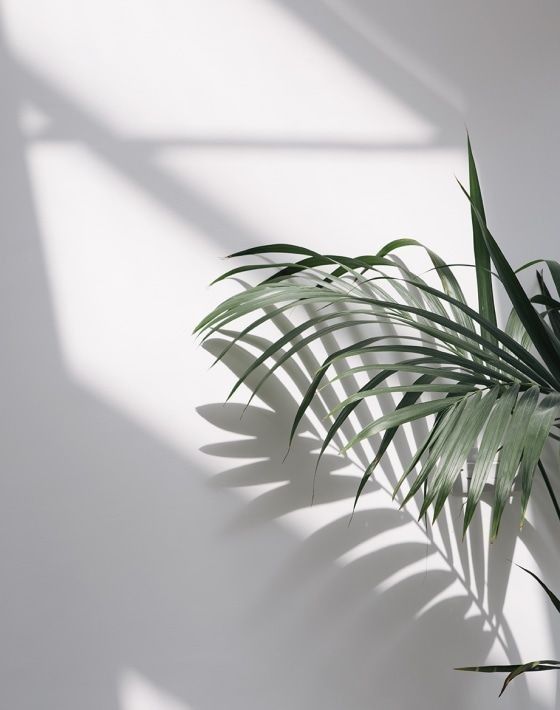 Life Style
Life Style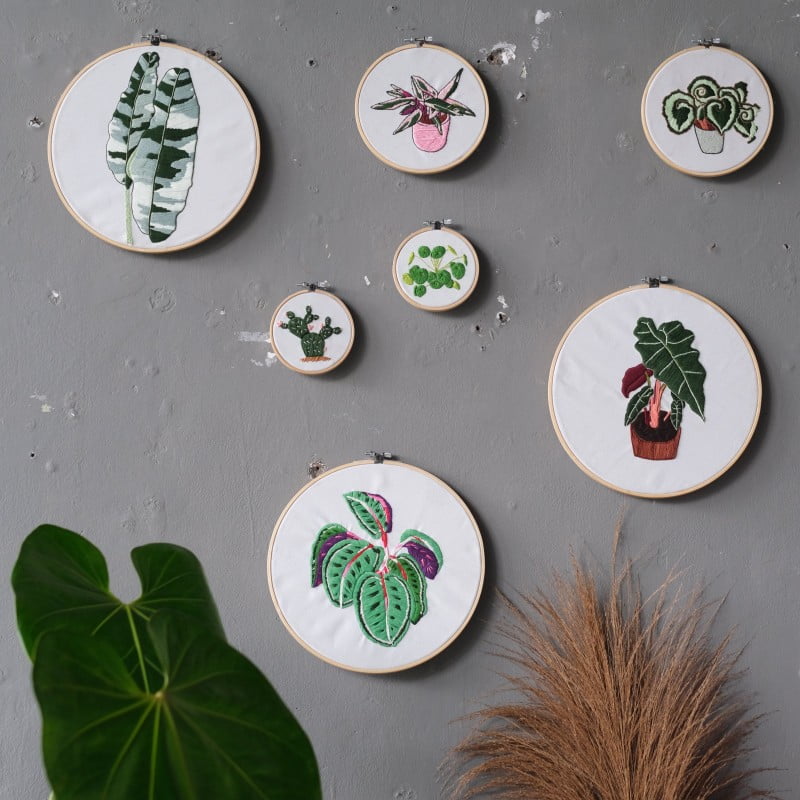 Art & Decoration
Art & Decoration T-Shirt
T-Shirt Totebag
Totebag Pot & Planter
Pot & Planter Potting Mix
Potting Mix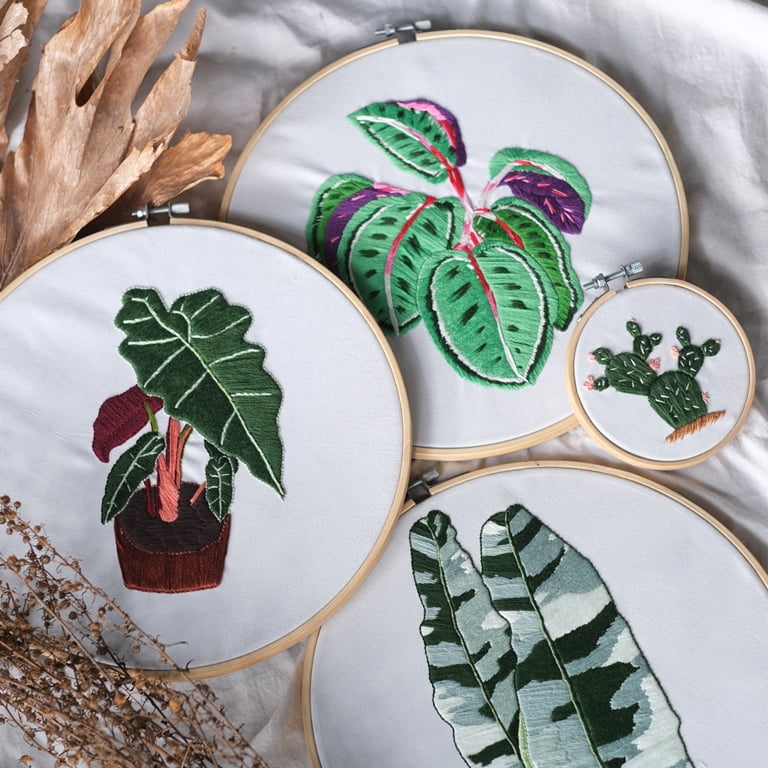 Gift Card
Gift Card





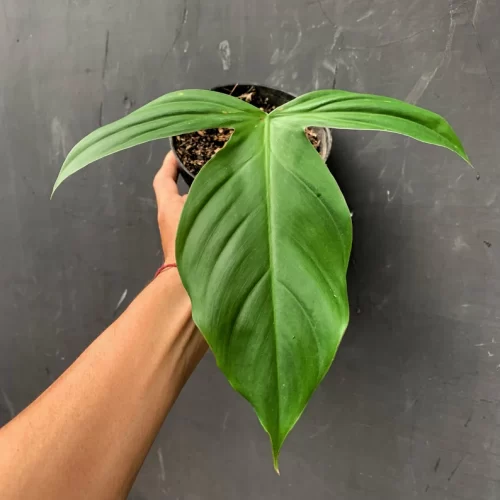
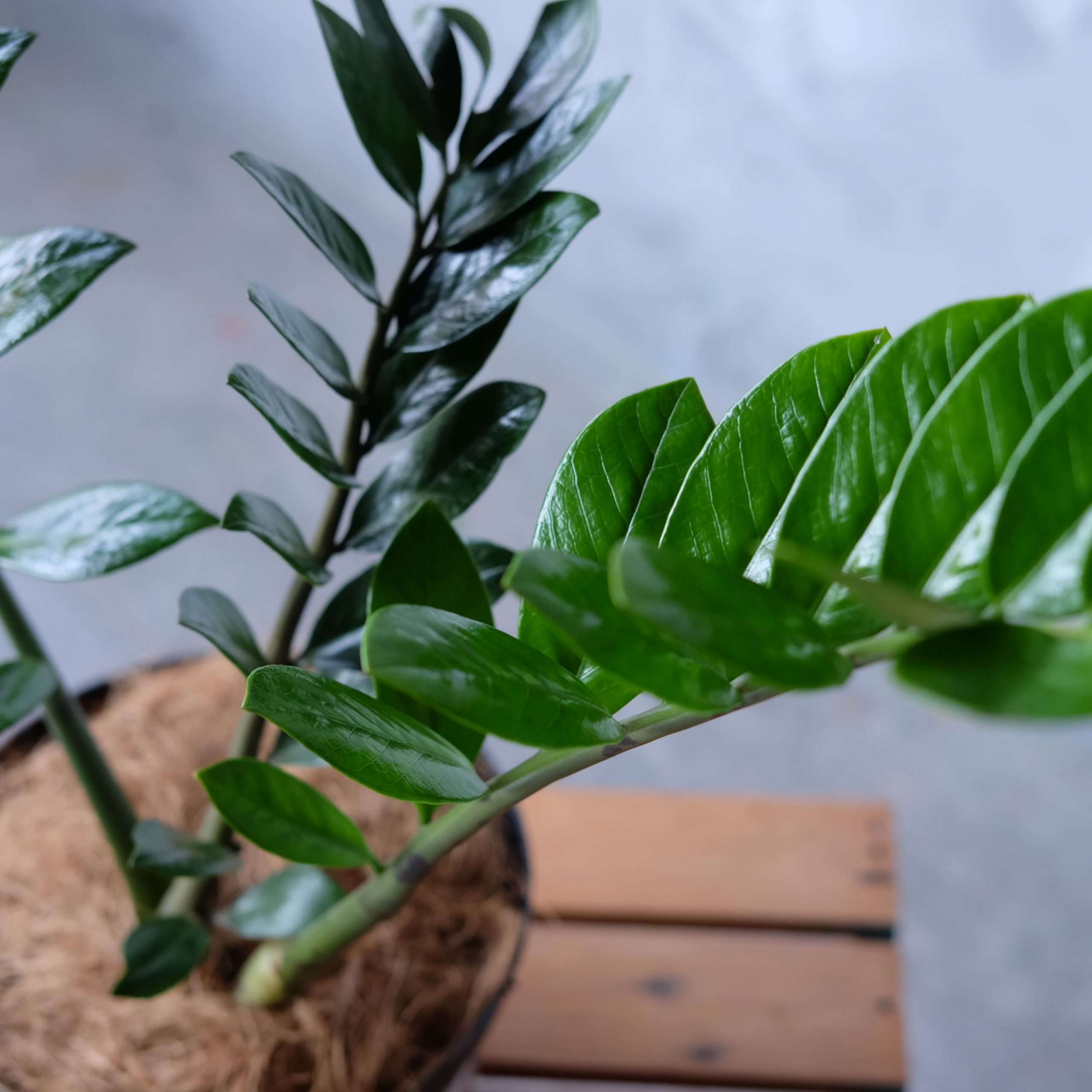
 Alocasia
Alocasia Anthurium
Anthurium